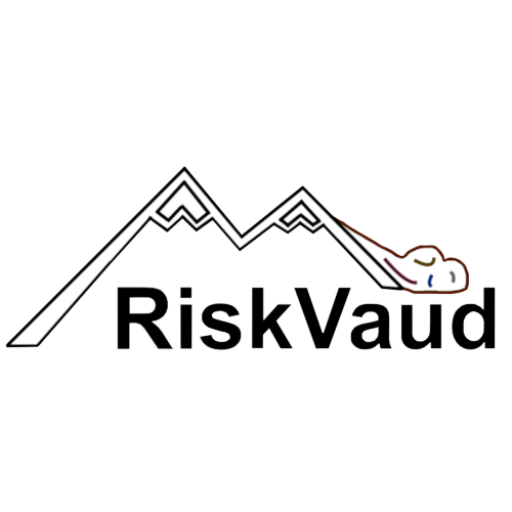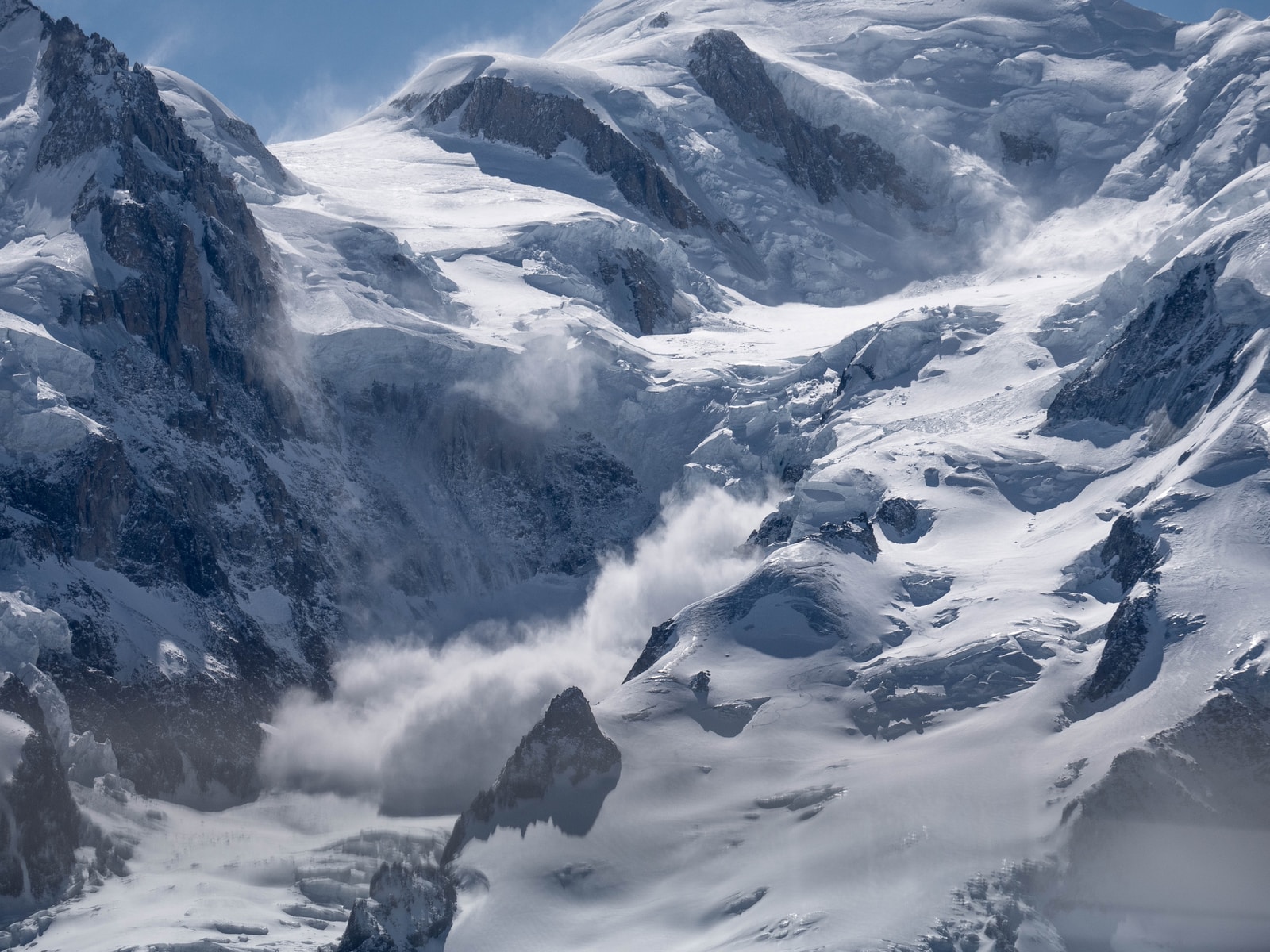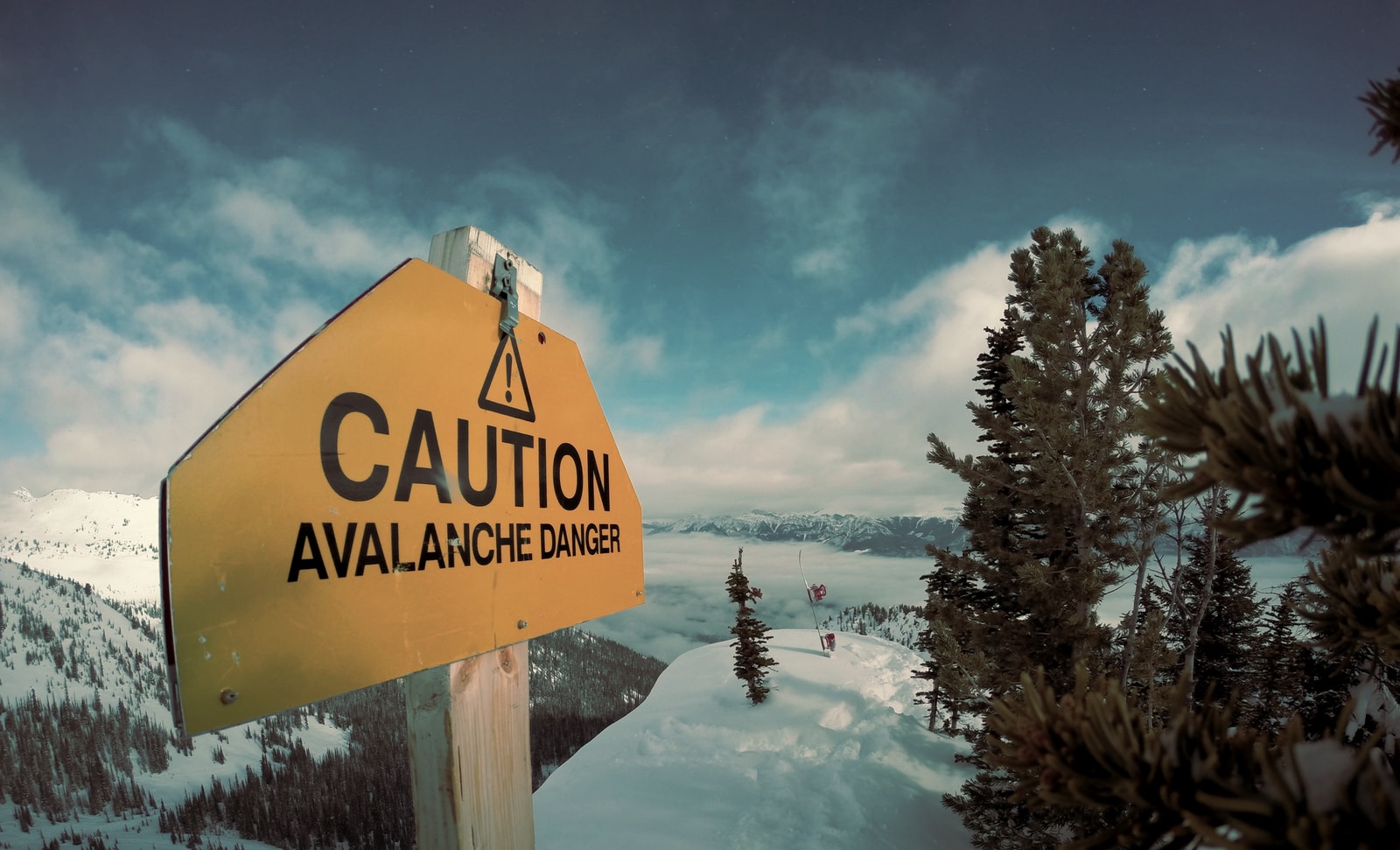Snow Avalanches
By Alec Foglia
Natural hazards in mountain regions are a concrete threat for people and infrastructure especially in densely populated areas like Switzerland. In this section we will focus on avalanches. Avalanche initiation is the result of a complex interaction between the terrain, the snowpack and the weather conditions affecting the environment. The knowledge of this interaction is important in the creation of risk maps and essential for short-term forecasting. In 2003 Schweizer proposed a list of five determining factors for avalanche risk assessment: terrain, precipitation (especially new snow depth), wind, temperature and snowpack stratigraphy.
Every year, about 100 winter sports enthusiasts lose their lives due to avalanches in the Alps and several roads and communication routes have to be closed during the more dangerous. During the 2020-2021 season were reported a total of 318 avalanches with damage to property or persons. Of these, 215 avalanches affected a total of 296 people, and 103 caused property damage. According to the statistics of the WSL, these values are well above the average of the last 20 years, with 177 persons affected and 86 cases of material damage per year. In any case, these values reflect only a small part of the avalanche activity, and only those avalanches that have caused damage.
Types of avalanche
Avalanche protection
References
Foglia, A. (2020). La stabilité du manteau neigeux en deux régions du Tessin. Travail de Bachelor, UNIL – Université de Lausanne.
Schweizer, J., Jamieson, J. B. & Schneebeli, M. (2003). Snow avalanche formation. Reviews of Geophysics, 41(4), 1016. https://doi.org/10.1029/2002RG000123
WSL Institut pour l’étude de la neige et des avalanches SLF (éditeur). (2021). Rapport d’hiver 2020/2021. Retrieved from slf.ch (Retrieved periodically until 20.01.2022).
WSL Institut pour l’étude de la neige et des avalanches SLF (éditeur). (n.d.). Genèse des avalanches.


